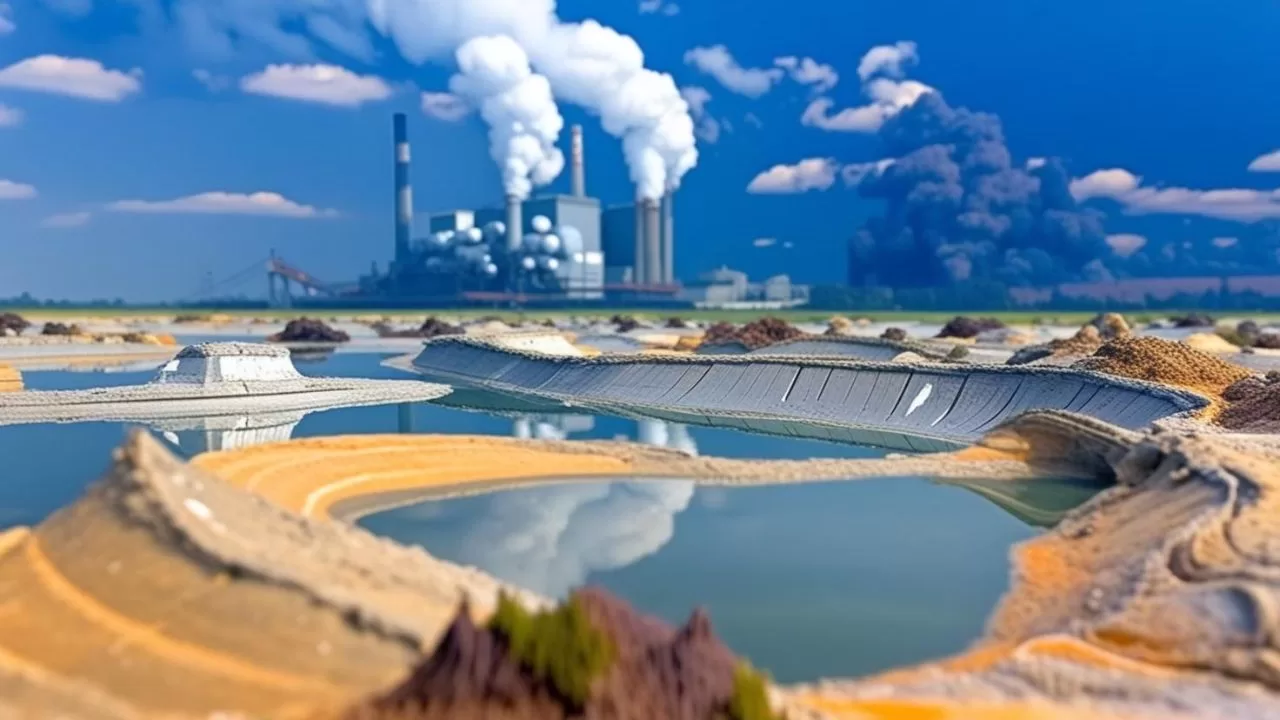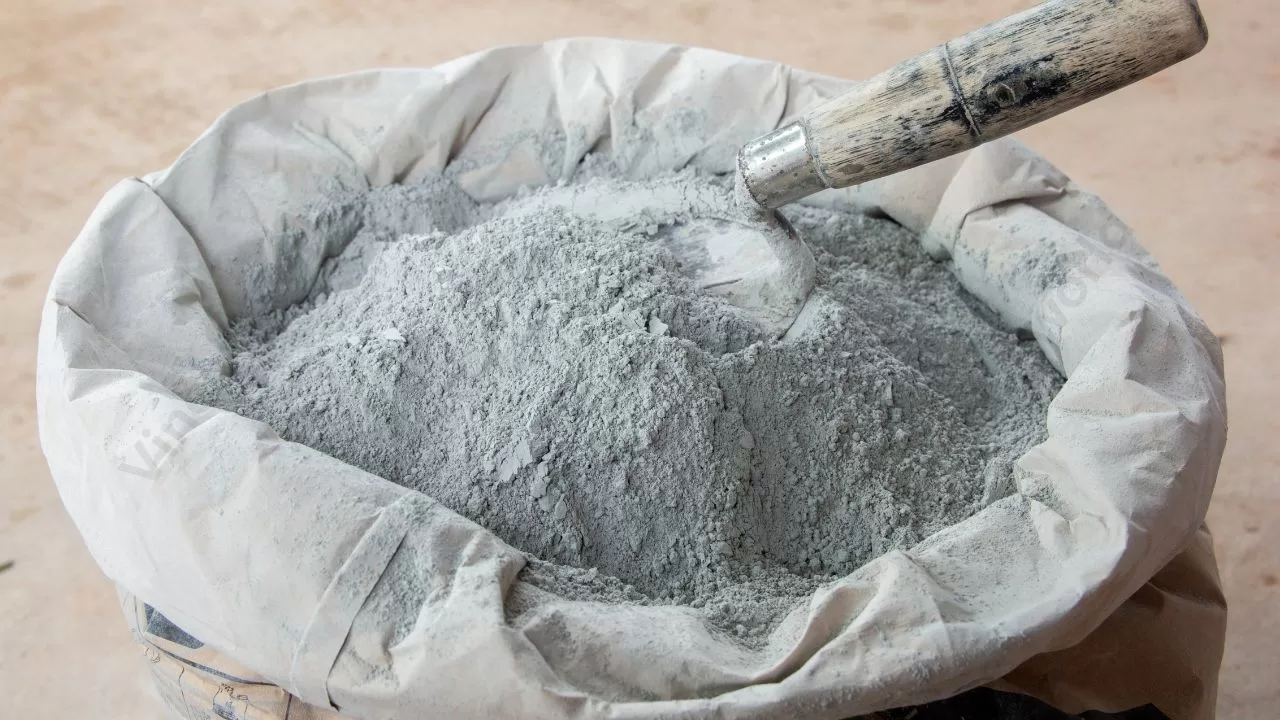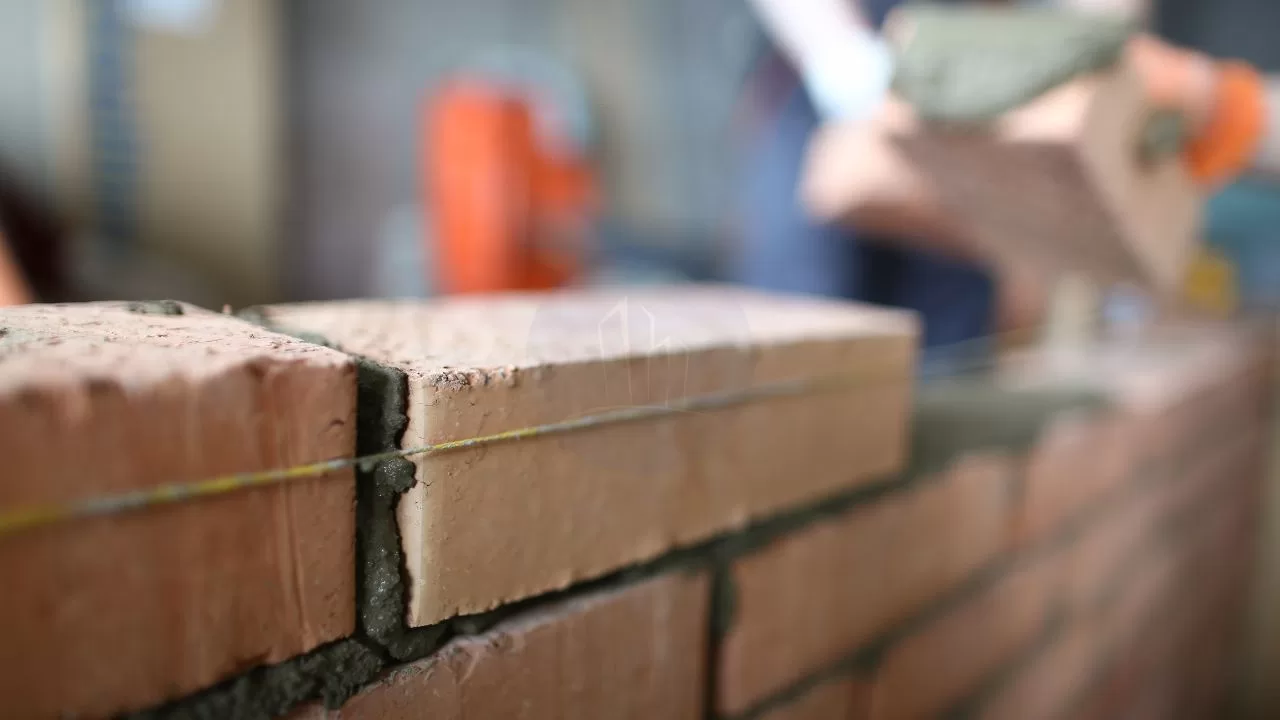Pond ash is a by-product of coal-fired power plants. It has several applications in civil engineering mainly in the construction sector. It is collected in an ash pond, where fly ash and bottom ash are stored after mixing with water. Pond ash has a range of applications in construction and infrastructure projects. It is widely used in brick manufacturing, road construction, and soil stabilization. Understanding what is pond ash is essential for effective fly ash pond management. This material is valued for its cost-effectiveness and ability to replace traditional resources like sand. Moreover, proper utilization of pond ash minimizes environmental hazards. By integrating sustainable practices, industries can improve ash pond management and reduce waste. Overall, pond ash plays a significant role in promoting eco-friendly and economical solutions in construction. In this blog, we will go through the basic details, properties, applications and limitations.
Let’s start from scratch.
Table of contents
What is pond ash?
Pond ash is a by-product of coal-based power plants, primarily stored in an fly ash pond. It is a mix of fly ash and furnace bottom ash, deposited with water in designated areas.
What is pond ash? It is a material with properties that make it valuable for specific applications. While it lacks pozzolanic properties, its grain size distribution resembles sand. Therefore, pond ash can effectively substitute sand in construction projects.

Proper ash pond management is crucial for environmental safety and efficient resource utilization. Using pond ash in projects like road construction and soil stabilization reduces the need for natural materials. Moreover, it helps minimize waste and pollution from power plants. Industries are increasingly recognizing the significance of ash pond management to achieve sustainability goals. Overall, pond ash presents an eco-friendly solution for reducing environmental impact while offering practical benefits.
- Furnace bottom ash (FBA) is a waste material, it generally has no pozzolanic property, and hence it cannot be utilised as a cement substitution material like fly ash.
- On the other hand, its grain size distribution is like that of sand(CA)
- So it can be utilised as a sand substitution material.
- Pond ash is a waste product from coal-based power plants.
- Ash pond is a pond developed in the power plant area to store ash.
Now, you know the basics. In the section, I will show you the importance of pond ash.
Why we should use pond ash?
Pond ash, a by-product of coal-fired power plants, offers a sustainable solution for construction needs while addressing environmental challenges caused by its accumulation near power plants. We are listing out some of the reasons to use pond ash.
Increasing Demand for Concrete
Concrete is one of the most important materials in building construction and other infrastructure works.
By 2050, global concrete demand is projected to reach 7.5 billion m³ annually. Using pond ash can reduce reliance on natural aggregates.

Depletion of Natural Resources
At least three-quarters of the total volume of concrete consists of coarse and fine aggregates. River sand, a key component in concrete, is rapidly depleting. Pond ash can replace a percentage of sand in concrete effectively.
Abundant Availability
The power required for the country is rapidly increasing.In India, coal-fired power plants burn 407 million tons of coal annually, producing 131 million tons of coal ash. About 15–20% of this is bottom ash, offering significant potential for utilization.
Environmental Benefits
Accumulation of pond ash near thermal plants poses environmental risks. Its use in construction promotes effective ash pond management and reduces environmental threats.
Practical Suitability
Pond ash has fine particles (<4.75 mm) that make it a suitable substitute for fine aggregates in concrete without compromising strength or durability. It is found that it is possible to replace some per cent of sand by pond ash as fine aggregate in concrete without compromising on strength and durability.
Incorporating pond ash in construction is a sustainable step toward reducing waste and preserving natural resources.
Workability of Pond Ash Concrete
The workability of pond ash concrete (PAC) generally decreases as the percentage of fine aggregate replacement with pond ash increases. This reduction is primarily due to the specific surface effect of pond ash and its higher water absorption capacity. However, with proper combined grading techniques and the use of suitable plasticizers, workability can be significantly restored.
In fact, PAC mixes exhibit better performance than conventional concrete mixes in some aspects. The enhanced cohesiveness of the mix reduces segregation and eliminates bleeding, leading to improved overall quality.
Moreover, the careful adjustment of mix proportions ensures the required workability without compromising the strength or durability of the concrete. This makes pond ash concrete a viable alternative for sustainable construction practices.
Next, we will explore the many benefits of using this material in construction applications.
Benefits of Pond Ash
Pond ash offers several advantages, making it a valuable material in construction:
- Economical Concrete: Utilizing pond ash reduces the overall cost of concrete production.
- Effective Waste Management: It helps manage the waste generated by coal-based thermal power plants efficiently.
- Reduced Construction Costs: By replacing fine aggregates like sand, pond ash lowers construction expenses.
- Optimum Strength: Partial replacement of concrete with pond ash can achieve desired strength and durability.
- Environmental Benefits: Using pond ash minimizes environmental degradation caused by its accumulation in ash ponds.
Incorporating pond ash aligns with sustainable construction practices, addressing economic, environmental, and waste management concerns effectively.
However, understanding its disadvantages is equally important to ensure balanced and practical applications.
Disadvantages of Pond Ash
While pond ash has benefits, it also presents several challenges:
- Health Hazards: Fine particles from pond ash can cause severe respiratory problems.
- Environmental Degradation: Ash pond areas lose vegetation and cannot be reclaimed for irrigation, impacting ecosystems.
- Resource Depletion: Its use as a replacement for natural resources like sand can lead to further depletion of these materials.
- Aesthetic Issues: Pond ash contributes to visual pollution in industrial areas.
- Water Contamination: Collapsed fly ash pond bunds often pollute freshwater resources, creating long-term environmental issues.
Addressing these disadvantages requires efficient ash pond management and proper utilization practices to balance benefits and risks. Sustainable solutions are vital for minimizing its impact while leveraging its potential.
Key Takeaways
- Definition and Origin:
- Pond ash is a by-product of coal-fired power plants and stored in ash ponds for management.
- Concrete Applications:
- It can partially replace fine aggregates in concrete, reducing reliance on natural sand.
- Workability and Mix Properties:
- Workability decreases with higher replacement but can be restored using proper grading and plasticizers.
- Pond ash concrete (PAC) shows better cohesiveness and eliminates bleeding issues.
- Benefits:
- Provides economical concrete solutions.
- Promotes effective waste management.
- Reduces construction costs while maintaining strength and durability.
- Minimizes environmental degradation caused by ash accumulation.
- Disadvantages:
- Causes respiratory health issues and environmental degradation.
- Leads to visual pollution and depletion of natural resources.
- Ash bund collapses can contaminate freshwater sources.
- Sustainable Practices:
- Proper ash pond management and innovative utilization methods are essential for balancing benefits and drawbacks.
Conclusion
Pond ash is a versatile material with potential in sustainable construction. The density of concrete decreases with an increase in pond ash replacement due to its low relative density. However, the compressive strength and flexural strength of concrete improve significantly up to 20% replacement with extended curing periods. Similarly, the split tensile strength shows optimal performance at 20% replacement levels. The workability of pond ash concrete reduces due to the material’s specific properties, but using superplasticizers can restore the desired consistency. Overall, incorporating pond ash as a partial sand substitute promotes waste management, reduces environmental degradation, and provides cost-effective construction solutions while maintaining strength and durability. Proper mix design ensures its effective use.
Let me know if the article was worth reading in the comments.
Happy learning!




